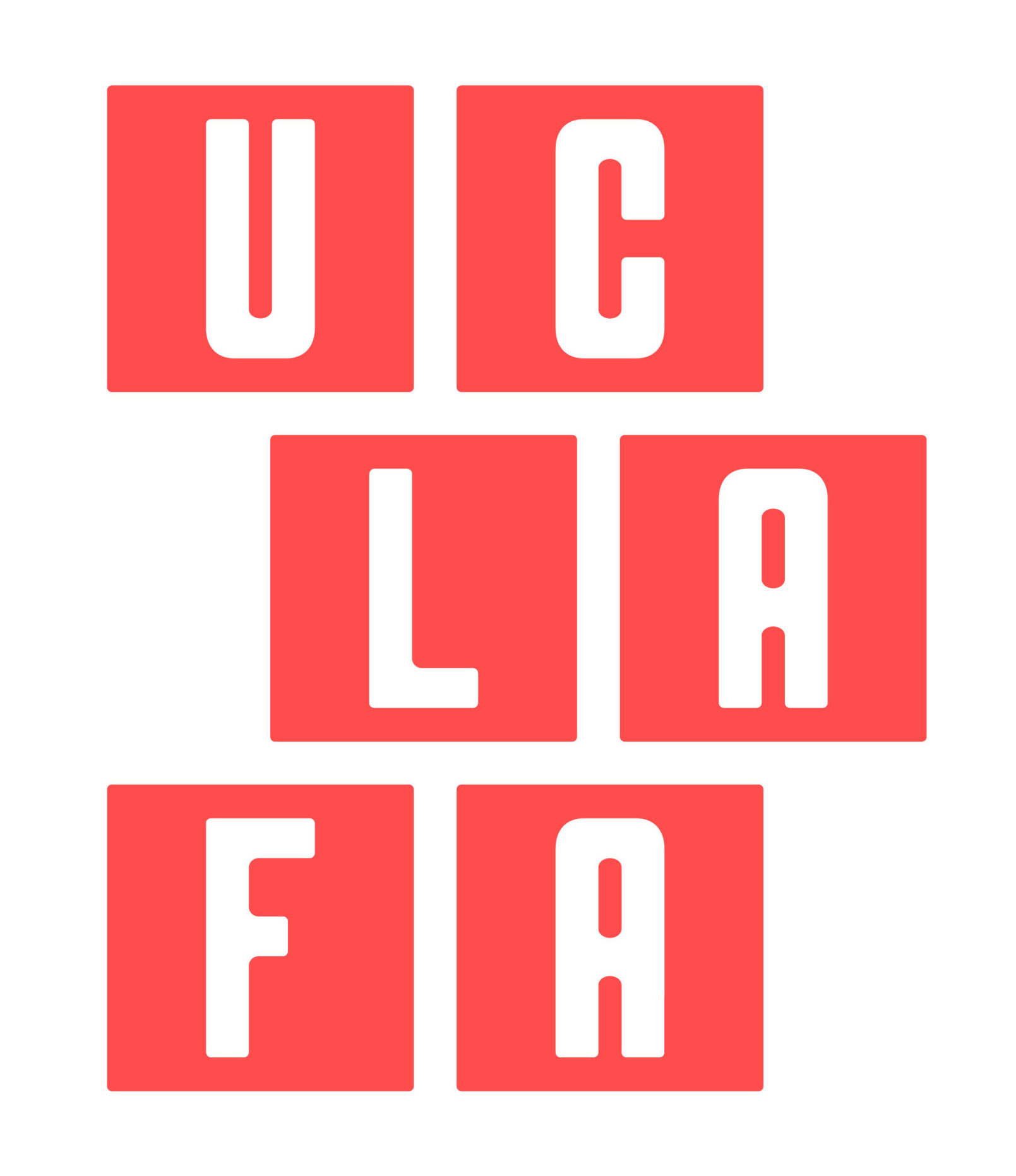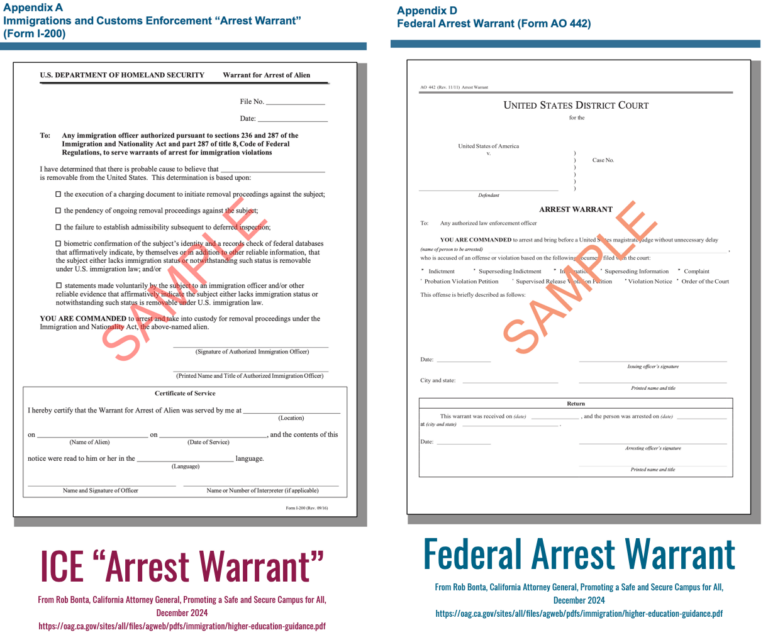Political Side of State Budget is Uncertain
Governor Brown has an initiative in circulation that would impose temporary taxes on the upper brackets of the income tax but also involves the more generally-paid sales tax. As readers of this blog will know, his January budget plan assumes that voters will approve the initiative in November. If it is not approved, his budget would impose large trigger cuts in spending that are focused on K-12 schools. So the budget (which must be enacted by the legislature) and the initiative (which must be enacted by voters) are intertwined.
The governor’s tax plan was designed in accordance with public opinion poll results which showed that voters like to tax those in brackets above their own and don’t like cuts to schools. The latest PPIC poll – taken in late February – shows soft voter support (52%) for the initiative. Folk wisdom among politicos in California is that ballot propositions that are controversial should start – before any campaigning begins – with around 60% support.
It is indeed true that voters don’t like K-12 cuts, as the table below shows. But the problem is that when you link the two (taxes and trigger cuts), it may be difficult to get the voters to separate them. That is, the governor’s plan has something the public likes (barely, it appears) and something they don’t like (a lot). At the moment, it appears that there may be other tax proposals on the ballot despite the governor’s efforts to discourage such efforts. The other plans are not explicitly linked to disliked triggers.
The November ballot may be crowded with tax and other issues and another bit of folk wisdom is that voters tend to vote against propositions when too many appear. That idea is dubious; California’s most famous proposition – the one numbered 13 cutting property taxes in 1978 – was (as its number makes clear) on a crowded ballot. The idea might be more true for competing propositions on the same subject (such as taxes). But again, Prop 13 of 1978 competed with another property tax reduction proposition in 1978 (Prop 8), yet voters were able to pick the one they wanted.
All that can be said at this point is that the future lies ahead and the political component of the budget – the tax plan – is at risk.
The crystal ball is cloudy:
Note: The full PPIC poll – which covers a variety of issues – is at:
http://www.ppic.org/content/pubs/survey/S_312MBS.pdf



